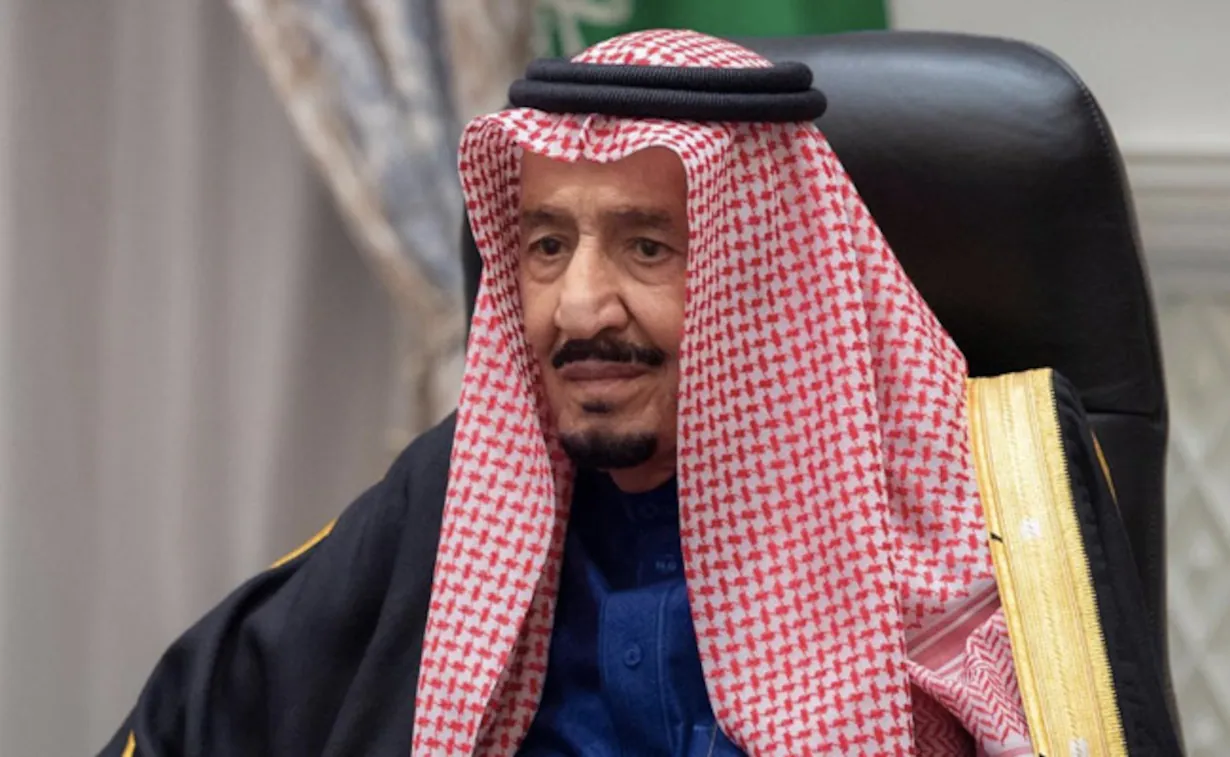
The Saudi Nada Alfuaiharai tour guide drove guests through the 18th century palace built from mud and straw, a site where the royal family was said to first plan to conquer the Arabian Peninsula.
Stop in the spacious assembly hall, he directed the aspect of the story of the origin of his country. The only regret is that today, almost 300 years later, some young Saudi does not seem to realize it.
I met visitors who did not have instructions. They must have missed this education section or something," he told AFP.
Lately this year, the restored palace, in the historic district of self on the outskirts of the Saudi capital Riyadh, will be opened to the public for the first time.
Analysts say it is part of a greater effort by Crown Prince Mohammed bin Salman - which was first made in accordance with the throne of five years ago next week - for both Saudi Stoke nationalism and re -frame Saudi history.
The exhibition was studded throughout the spotlight of the Al-Saud family achievement back long before the official establishment of the kingdom in the 1930s.
At the same time, they did not mention their partnership with Mohammed bin Abdul Wahhab, a fiery cleric who lived near him and fought for the form of purist from Islam known as Wahhabism. The multilevel alliance has long triggered a royline image of the kingdom.
Instead of, the new self featured attractions that were more in line with Prince Mohammed's vision of modern Saudi Arabia who opened it to the world: meal, art gallery-gallery of formula-e racing tracks.
Self perfectly summarizes the new Saudi nationalism," said Kristin Diwan from the Arab Gulf State Institute in Washington, who has studied its development.
This puts al-Saud in front and middle as the main writer of Saudi history and architect of the Saudi unity, while removing bin Abdul Wahhab Mohammed from the national narrative."
